3 magnificent bridges cross the Firth of Forth in the east of Scotland, and one of them is considered to be Scotland’s greatest man-made wonder.
In this post, we’ll take a closer look at a list of some of the most interesting Forth Bridge facts, a famous bridge that is considered to be a true symbol of Scotland.
1. It’s the oldest of the 3 bridges crossing the Firth of Forth
The Forth Bridge is an amazing piece of engineering located about 9 miles (14 kilometers) of the capital of Scotland, Edinburgh. It was constructed in the late 19th century and has been listed as a UNESCO World Heritage site in 2015.
It was also voted for as the greatest man-made wonder of Scotland in 2016, beating another famous 19th-century landmark, the Bellrock Lighthouse, a famous building that was included in the list of 7 wonders of the Industrial World.
It crosses the Firth of Forth, one of the multiple inlets in the east of Scotland. It’s one of 3 bridges crossing the water around this point, the other ones being the “Forth Road Bridge,” which opened in 1964, and the “Queensferry Crossing,” which opened in August of 2017.

2. You’re not supposed to drive your car over it
The bridge is sometimes referred to as the “Forth Rail Bridge” because that’s its purpose. If you want to cross the Firth of Forth with your car, then you’ll need to take one of the other two bridges.
The bridge carries the Edinburgh–Dundee line which runs all the up to the northeast of the country to Aberdeen. The bridge connects the two villages of South Queensferry and North Queensferry and is owned by Network Rail, a government-owned company that owns most of the rail network in Great Britain.
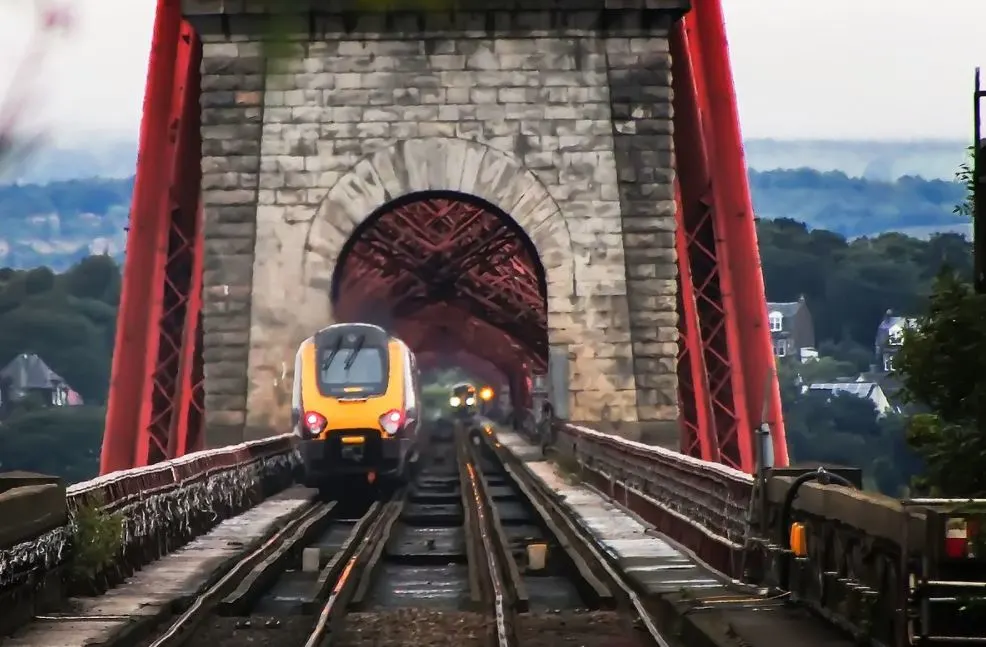
3. The engineers of the bridge were involved in a remarkable project earlier
Building this fascinating bridge was an amazing feat of engineering. That’s why true experts in the field had to be involved to pull off this complicated construction project.
That’s why the bridge was designed by English engineers Sir John Fowler (1817-1898) and Sir Benjamin Baker (1840-1907), two of the most renowned engineers of the 19th century.

Both men had earned their stripes earlier with a remarkable project called the “London Metropolitan Railway.” This project was completed in the year and was the first underground railway system carrying passengers in London.

4. Plans for a bridge crossing the Firth of Forth date back to 1818
Even though the construction of the bridge only started in 1882, suggestions to build a crossing over the Firth of Forth had been made since the early 19th century.
The first idea came about in 1806 when a pair of tunnels were suggested and 12 years later in 1818 the first design of a three-span suspension bridge was drawn by Scottish civil engineer James Anderson.
This plan was eventually shelved because the structure would only have used 2,500 tonnes of steel, making it so thin that it was feared it wouldn’t have been visible on a foggy day.
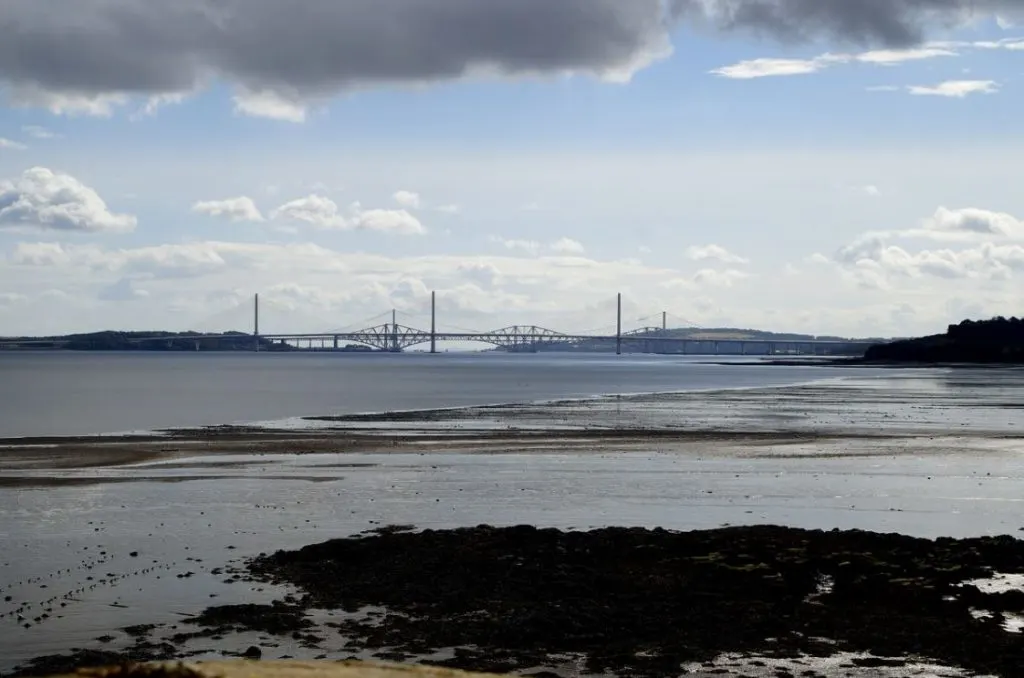
5. Another famous bridge in Dundee collapsed in the 1870s
The first contract was awarded to railway engineer Thomas Bouch in 1871. He suggested building a strong steel suspension bridge and work on this project even started in the year 1878.
A year later, the Tay Bridge, designed by Bouch as well, collapsed during a heavy storm. All passengers that were on board the train during this tragic event died and Bouch was blamed for not taking wind loading into account in the design of the structure.
Bouch was quickly set aside after this disaster and Sir John Fowler and Sir Benjamin Baker was hired shortly after to complete the project.
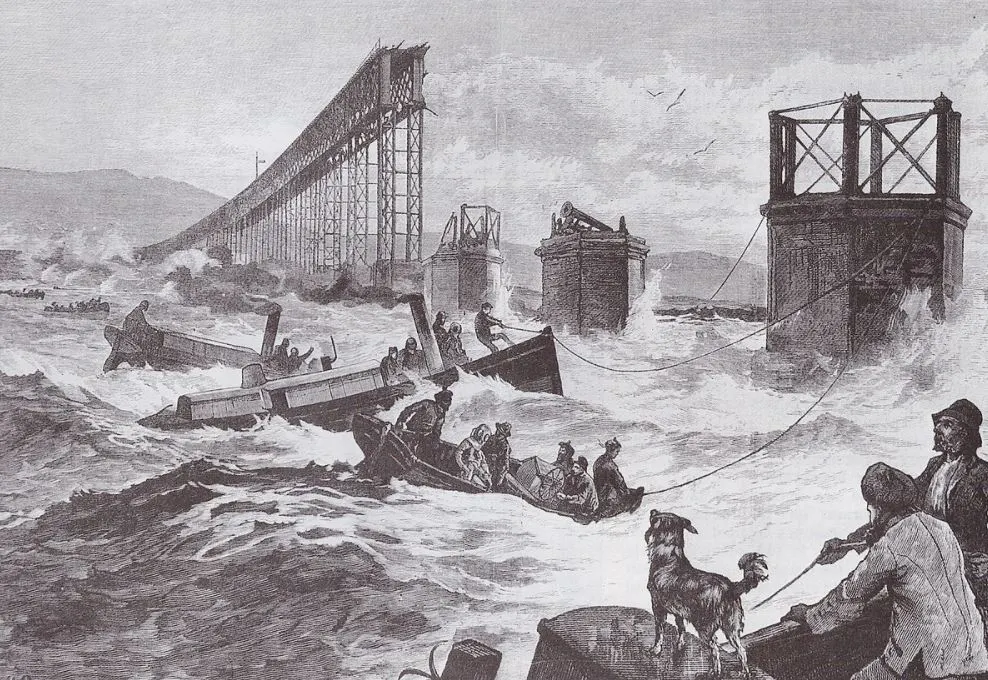
6. About 6.5 million rivets hold the bridge together
Building the bridge was an enormous endeavor. One of the most amazing Forth Bridge facts is that the entire structure weighs a total of 50,513 tonnes and the steel is held together by 6.5 million rivets.
To give some reference to this number, the most famous steel structure in the world, the Eiffel Tower in Paris, consists of 12,000 steel elements that are held together with 2.5 million rivets, not even half the number used in the bridge.
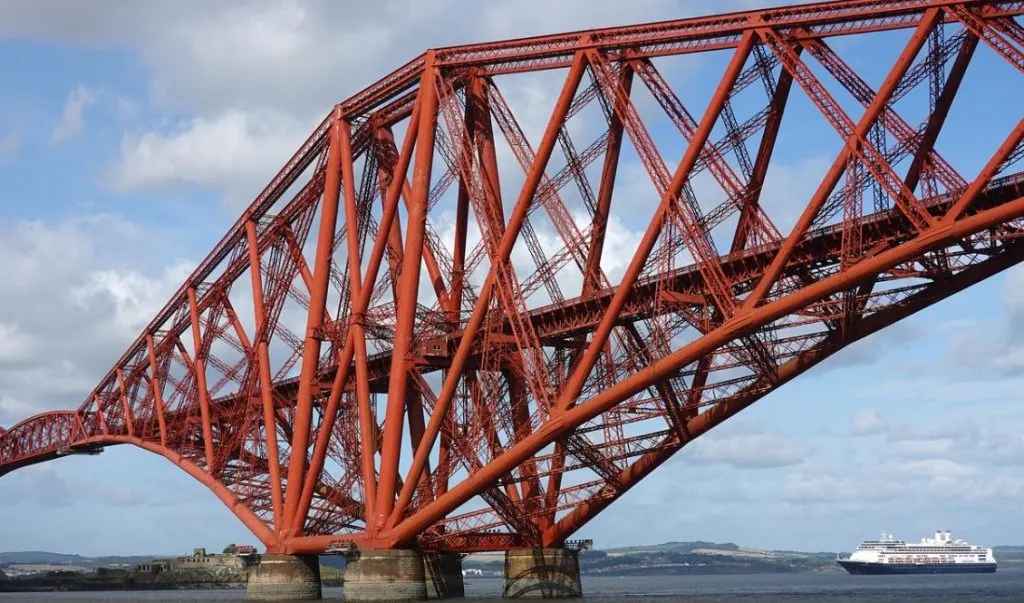
7. It was built on a simple principle that has been used for 1000s of years
The bridge is a cantilever bridge and features a simple principle of using a cantilever beam to support a light central girder. This means that no weight is transported from one cantilever to the other so each section is basically independent of the other.
This doesn’t mean that these separate sections don’t have to be built solid enough to withstand the load of the weight they have to carry. Each four-tower cantilever structure of the bridge stands 361 feet (110.03 meters) tall.
All structures combined rest on a total of 640,000 cubic feet (18,122 cubic meters) of granite and caissons with a diameter of 70 feet (21 meters) were used during the construction of the piers.
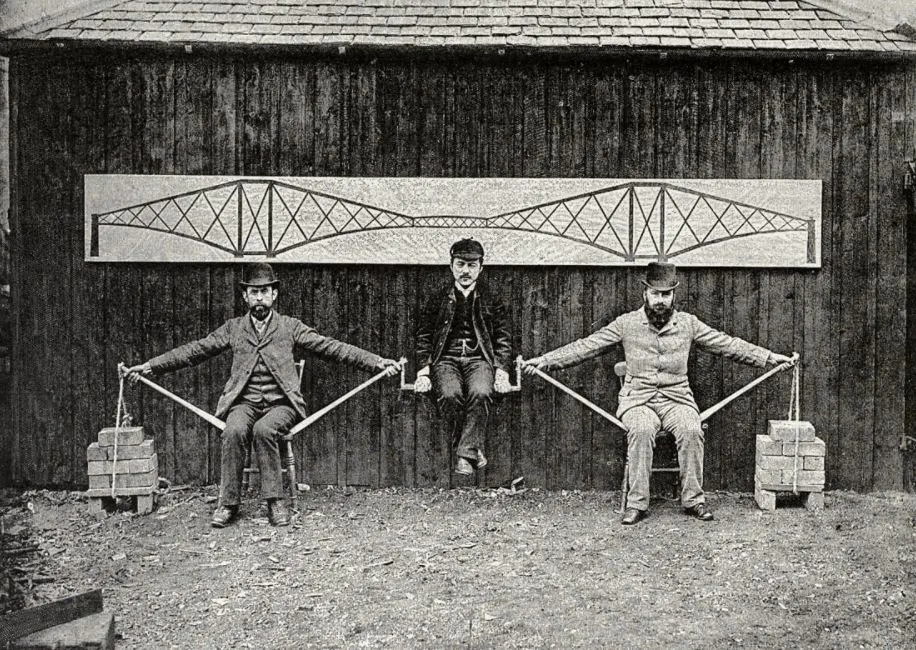
8. The bridge held an amazing record upon completion
The main reason that so many rivets were needed to assemble this massive structure was that the bridge has a total length of 8,094 feet (2,467 meters). This made it the longest single cantilever bridge span in the world upon completion, a record it held until 1919 when it was surpassed by the Quebec Bridge in Canada.
The spans of the bridge are as follows:
- 2 main spans of 1,700 feet (518.16 meters) each.
- 2 side spans of 680 feet (207.3 meters) each.
- 15 approach spans of 168 feet (51.2 meters) each.
The deck of the bridge reaches a height of 150 feet (46 meters) above high water as well.

9. It was officially opened in March 1890 by the future King of Great Britain
The construction of the bridge was finally completed in December 1889 having started over 7 years earlier. This was followed by a series of testing, the first with 3 heavy locomotives and 50 wagons loaded to the brim with coal weighing a total of 1,880 tonnes.
When all tests were positive, the bridge was finally opened on March 4, 1890, by the Duke of Rothesay, the man who would become King Edward VII.
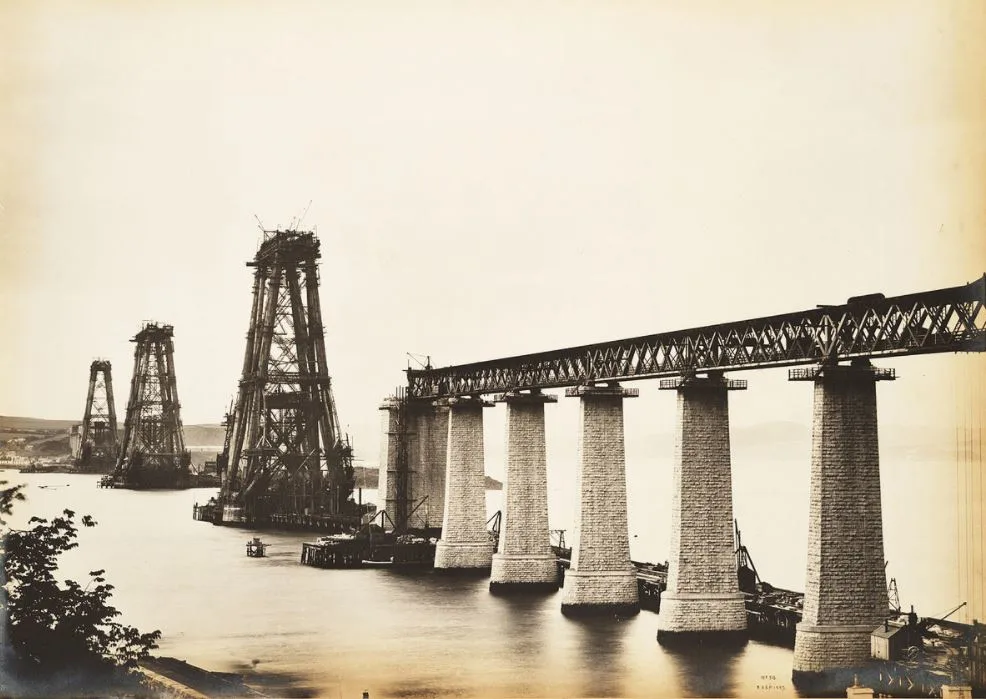
10. Building the bridge came at the ultimate price for dozens of people involved
Safety measures weren’t as important back then as they are today, so working on the construction of the Forth Bridge was a life-threatening endeavor. During peak moments, over 4,600 men worked on the project, and many lost their lives during the 7 years that the bridge was being built.
A total of 73 men died while working on the bridge, 38 by falling, 9 drowned, 8 were struck by a falling object and 3 died during a fire in one of the workplaces nearby. One person also died of caisson disease, also referred to as “decompression sickness.”
A memorial dedicated to the men who lost their lives while working on this marvel of engineering is situated near the bridge.
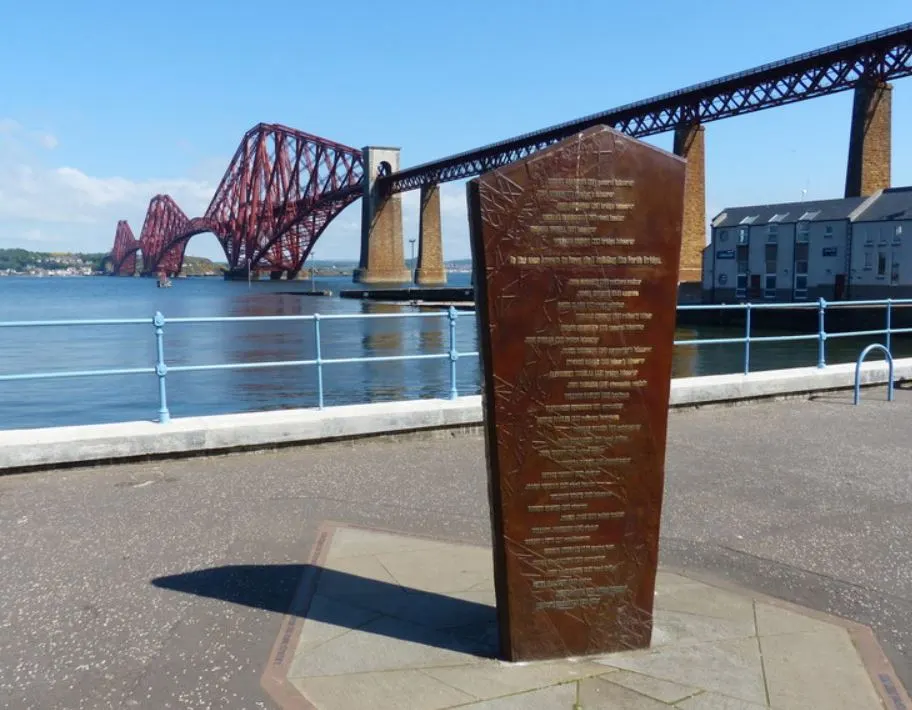
11. There was a daily “Race to the North” for a couple of years
One of the most remarkable Forth Bridge facts is that the opening of the bridge resulted in a peculiar event taking place during a couple of summers after completion.
This event was referred to as the “Race to the North,” an unofficial race in which multiple trains raced each other to reach Aberdeen from King’s Cross in London.
Before the opening of the bridge, this journey took about 13 hours. During the race, some trains managed to make the journey in just 8.5 hours at night!
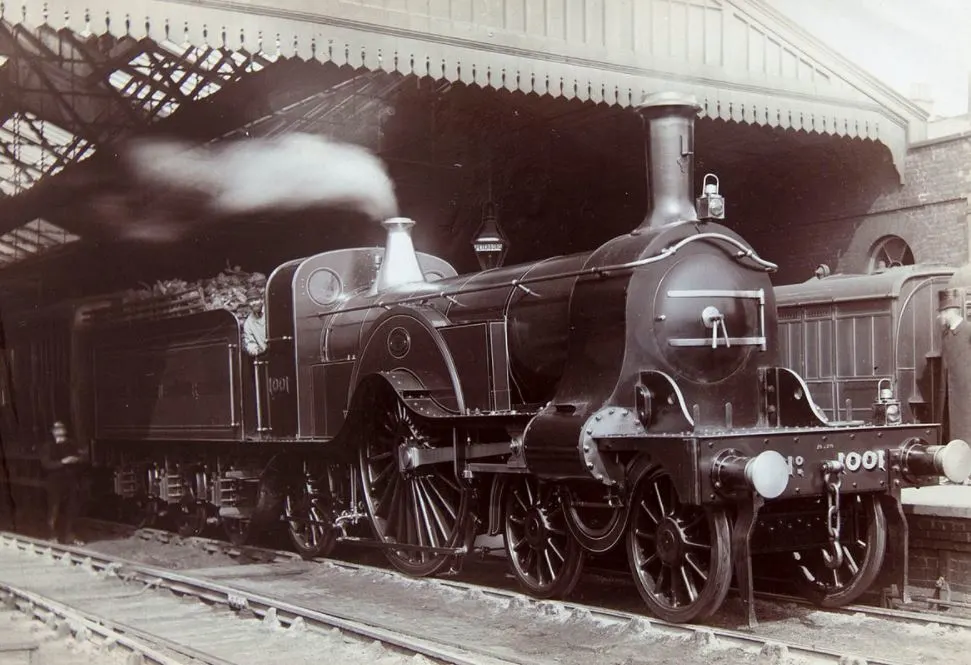
12. Painting the Forth Bridge seized to be a never-ending job in 2011
“Painting the Forth Bridge” is a saying that can be used to describe a never-ending job. Even though there was a permanent maintenance crew present at the bridge, they never really continuously painted, though.
Between 2002 and 2013, the bridge was painted at a total cost of £130 million. About 240,000 liters of paint were used to cover the 2,740,000 square feet (255,000 square meters) of the structure.
This paint is supposed to stick for a total of 25 years, which means that the saying seized to be true as the painters were finally able to retire from their job for a quarter of a century!

